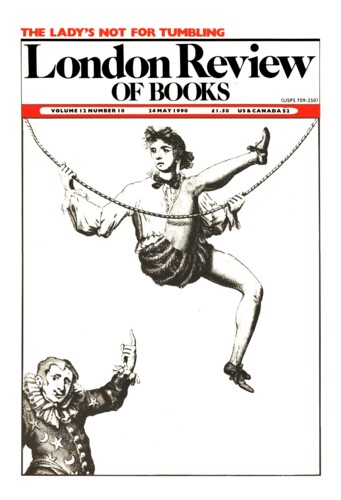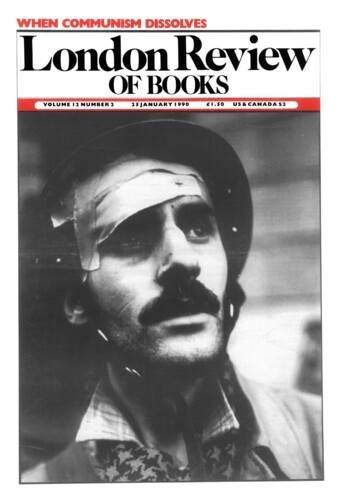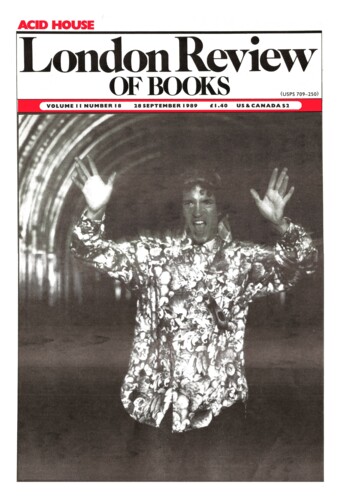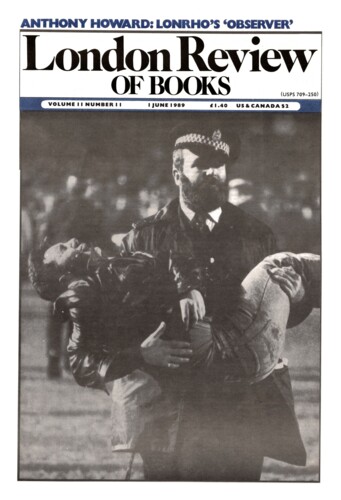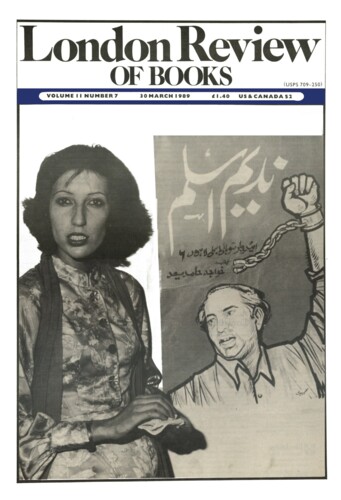Diary: In London
Wendy Steiner, 24 May 1990
Half an hour to get to the butcher’s and back, an hour to rent my son a clarinet, and 45 minutes to meet my children’s plane at Heathrow. It’s been a month since they went off for the holidays. I have written what I needed to write, the windows and upholstery have been cleaned, and there have been entertainments, epiphanies. By now I find myself looking wistfully at children in the street. It is time for mine to come home.
